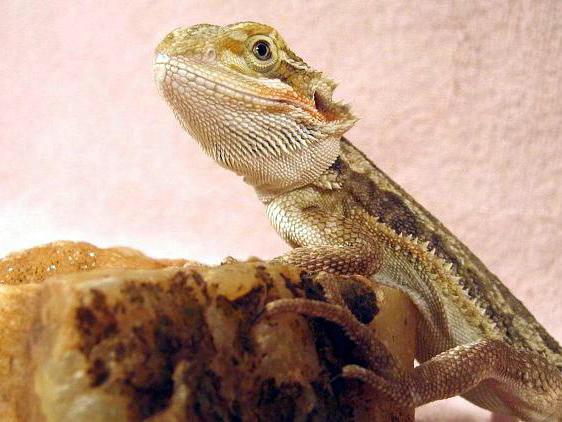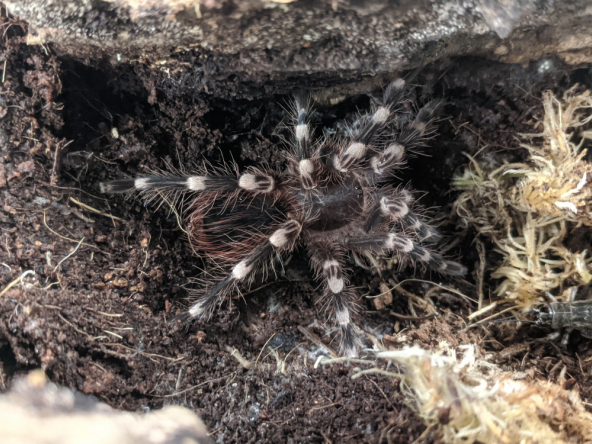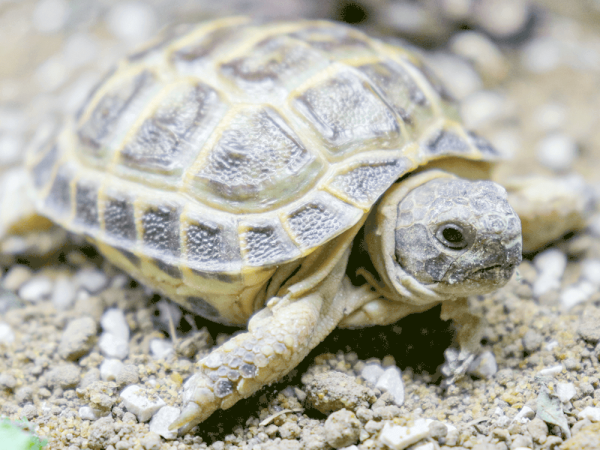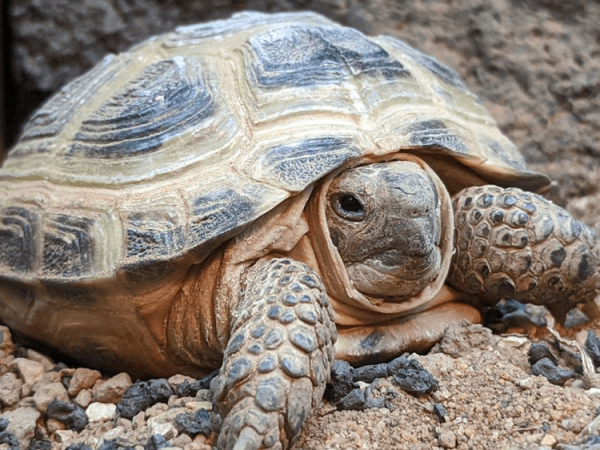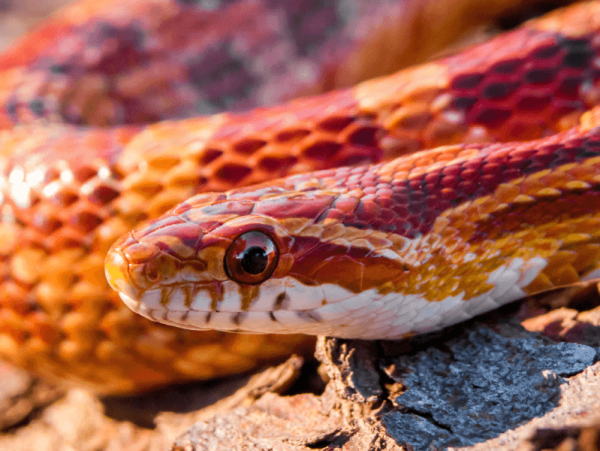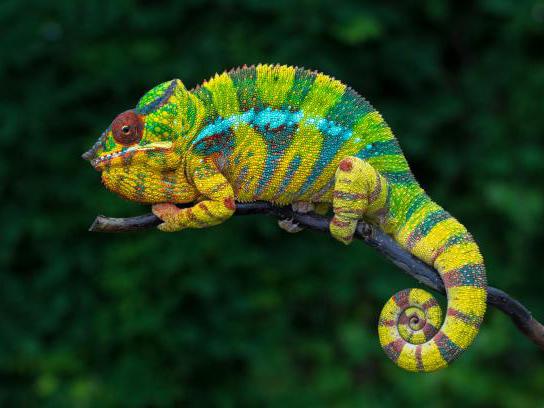What is the best substrate for Bearded dragons?
One of the most important aspects of your Bearded dragon's enclosure is its substrate. Bearded dragon substrate has been a matter of debate between Bearded dragon owners for quite some time. Some recommend reptile carpet, whereas others swear by a loose substrate. In this help guide, we will cover the controversy behind Bearded dragon substrates, debunk common myths, and look at some of the best and worst Bearded dragon substrates on the market.
For more detail regarding Bearded dragon husbandry as a whole, refer instead to our dedicated Bearded dragon care sheet.
Why is loose substrate controversial in the Bearded dragon community?
Bearded dragons can suffer from a health condition termed impaction. Impaction is a debilitating condition that leads Bearded dragons to lose mobility, become paralysed, or even die in extreme cases.
In most cases of impaction in Bearded dragons, it is automatically put down to the use of loose substrates, which can definitely play a part, although loose particle substrate alone will not cause a healthy Bearded dragon to become impacted when all other husbandry requirements are being met.
A Bearded dragon that is suffering from malnutrition will often seek out the nutrition they are missing from unusual sources, including their indigestible substrate, whereas the only time a healthy Bearded dragon will ingest substrate is if they swallow a little during feeding.
Another concern regarding sandy substrates is that previously, most reptile sand substrate available in the industry had extremely fine, uniform particles, an example being calcium sand, which is not natural, and often ended up getting in Beardie's eyes and tympanums (opening to the ear) and was much more likely to be accidentally ingested.
More recently, much higher quality sand-based substrates are available, that incorporate particles of different grain sizes, giving a much more natural finish and vastly reducing the risk of the above issues.
What is the best Bearded dragon substrate to use?
To most closely resemble the natural habitat of a Bearded dragon, you can use compacted clay-like sand, which will create a fairly solid surface similar to the dry, hard ground in parts of the Australian outback where Bearded dragons originate from. Although, the Australian outback is a vast area, and not all areas have compacted ground, instead, some areas are quite sandy, and Bearded dragons live in these parts too.
Due to the above, loose, sand substrate still provides a more natural environment for a Bearded dragon, and for this reason, we recommend it for your Bearded dragon's substrate over other substrate types. Enclosures with sandy substrates are easier to keep clean than those with hard clay, as you can easily switch out the old, dirty substrate for new, clean substrate as required.
Many leading brands produce high-quality Bearded dragon specific substrates, which tend to incorporate sand of differing particle sizes, or sand-soil mixes in bioactive substrate examples. Good examples here are ProRep Beardie Life, HabiStat Bearded Dragon Bedding, Lucky Reptile Desert Bedding and Arcadia EarthMix Arid for bioactive setups.
Can I use reptile carpet instead of loose substrates?
Many Bearded dragon owners have turned to using reptile carpet or artificial grass due to the fear of impaction. We, however, recommend against the use of reptile carpet or for Bearded dragons. Although the carpet will certainly reduce the risk of substrate ingestion, there have been instances where a Bearded dragon's nails get stuck in the carpet, leading to injury.
Reptile carpet also tends to promote bacterial growth and can be difficult to clean sufficiently, despite technically being 'washable', so for messy, long-clawed Bearded dragons, it should be avoided, although it can work for some other pet reptiles.
What other non-particle Bearded dragon substrate can I use?
If you really want to avoid loose substrate, a more suitable substrate choice would be slate or ceramic tiles, or something similar, that can absorb heat and provide a clean surface without running the risk of catching your Bearded dragon's claws, unlike reptile carpet.
Another idea here could be a paper towel or newspaper substrate, which work well to blot liquid messes, although they need changing out often and aren't as aesthetically pleasing as other substrates, which can be a put off for many people.
What other substrates should I avoid?
Along with reptile carpets, there are quite a few substrate types that should be avoided for Bearded dragons. Calcium sand, silica sand and children's play sand substrate should be avoided due to them having uniformly fine particles that often get stuck in the eyes or tympanum of Bearded dragons, causing irritation.
Another substrate to avoid for Bearded dragons is walnut sand, as it tends to have sharp shells that can cut your dragon and also tends to be quite dusty, similar to corn cob litter.
A few other substrates hold too much moisture to be a suitable Bearded dragon substrate, such as wood chips, wood shavings (including orchid bark), potting soil or coco soil and alfalfa pellets.
What can I do to avoid impaction if I use loose substrates?
First and foremost, when using loose substrates you should ensure that your temperature parameters and diet/supplementation are exactly as they should be for a Bearded dragon, this will stop your Beardie from actively seeking nutrition from their substrate, so the only way they will eat sand is by accident.
To avoid accidental substrate ingestion, you should always feed your greens in a shallow feeding dish, along with any insects that won't be able to escape from the dish. For insects that can escape from a shallow dish such as crickets or locusts, these can be fed to your Bearded dragon using feeding tongs, or they can be fed outside of the enclosure instead. This way, there is minimal risk of your Bearded dragon swallowing some substrate along with their food.
While you're thinking about your Bearded dragon set-up, why not take a look through our range of Bearded dragon starter kits and get everything you need to get started in one go?




